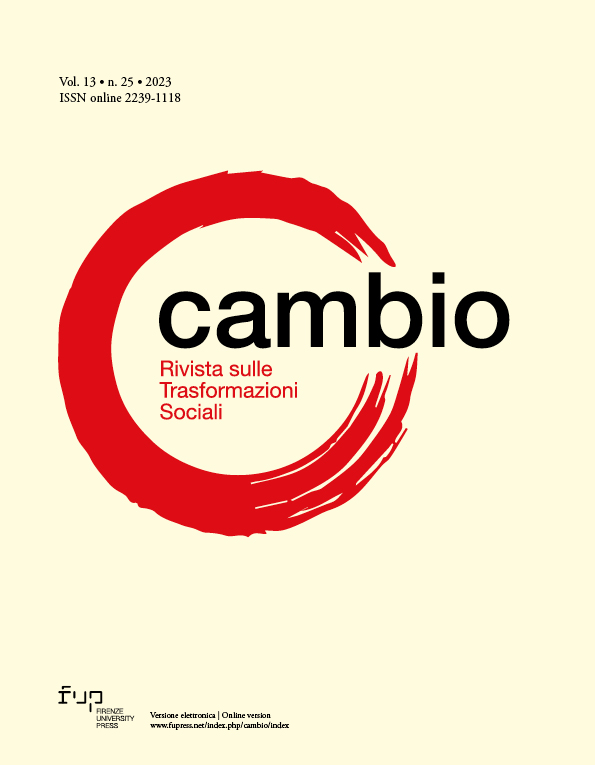Published 2022-10-19
Keywords
- pseudo-environment,
- public opinion,
- simulacrum,
- social construction,
- stereotype
How to Cite
Copyright (c) 2022 Simone D'Alessandro

This work is licensed under a Creative Commons Attribution 4.0 International License.
Abstract
The Social Sciences have been investigating the processes of Public Opinion formation since the second half of the 19th century. From Tocqueville to Le Bon, from Toennies to Allport, from Lazarsfeld to Habermas, from Niklas Luhmann to Pierre Bourdieu, from Noelle-Neumann to Landowski. Among these authors, Lippmann stands out for his theoretical-practical orientation that anticipated themes and scenarios. Exactly one hundred years ago, in his best-known work Public Opinion (Lippmann 1922) he had opened the way to the inevitability of the construction of a world “beyond the real”, through the concept of “pseudo-environment”. The need for representation determines “pseudo-environments”, interstitial realities made up of stereotyped images and contents that the public interprets to construct shared imaginaries that do not adhere to reality: «The world outside and the picture in your head» (Lippmann 1992: 3). Pseudo-environments enable decision-making and action, reducing complexity (Luhmann e De Giorgi 1992). This phenomenon anticipates the concept of simulacrum, in the sense of Braudillard (1985), but also that of Second Life and the Meta-verse in the sense of Stephenson (1992). Starting from Lippmann’s vision, this proposed paper intends to recontextualise his thought.


